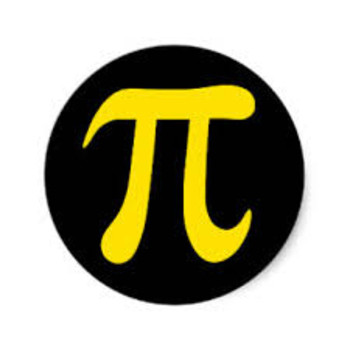Expanding the product of two trinomials like these involves the repeated application of the distributive property which, as you might remember, states in its simplest form that, given three real numbers aa, bb, and cc, a(b+c)=ab+aca(b+c)=ab+ac. This extends beyond two-number groupings, though. We could have just as easily selected a fourth real number, dd, and a(b+c+d)=ab+ac+ada(b+c+d)=ab+ac+ad would be an equally valid statement.
Here, we can treat the trinomial 2a^2+4a+12a2+4a+1 as the aa term, and the terms a^2a2, -6a−6a, and 55 from the second trinomial as the bb, cc, and dd terms. When we distribute that first trinomial across those three terms, we get:
(2a^2+4a+1)a^2+(2a^2+4a+1)(-6a)+(2a^2+4a+1)5(2a2+4a+1)a2+(2a2+4a+1)(−6a)+(2a2+4a+1)5
Here, we can distribute again to obtain
2a^2(a^2)+4a(a^2)+a^2+2a^2(-6a)+4a(-6a)-6a+2a^2(5)+4a(5)+5=2a2(a2)+4a(a2)+a2+2a2(−6a)+4a(−6a)−6a+2a2(5)+4a(5)+5=
=2a^4+4a^3+a^2-12a^3-24a^2-6a+10a^2+20a+5=2a4+4a3+a2−12a3−24a2−6a+10a2+20a+5
Collecting and grouping like terms:
color(indigo)(2a^4)color(tomato)(+4a^3)color(dodgerblue)(+a^2)color(tomato)(-12a^3)color(dodgerblue)(-24a^2)color(forestgreen)(-6a)color(dodgerblue)(+10a^2)color(forestgreen)(+20a)color(sandybrown)(+5)2a4+4a3+a2−12a3−24a2−6a+10a2+20a+5
color(indigo)(2a^4)color(tomato)(+4a^3)color(tomato)(-12a^3)color(dodgerblue)(+a^2)color(dodgerblue)(-24a^2)color(dodgerblue)(+10a^2)color(forestgreen)(-6a)color(forestgreen)color(forestgreen)(+20a)color(sandybrown)(+5)2a4+4a3−12a3+a2−24a2+10a2−6a+20a+5
And finally, simplifying:
2a^4-8a^3-13a^2+14a+52a4−8a3−13a2+14a+5


